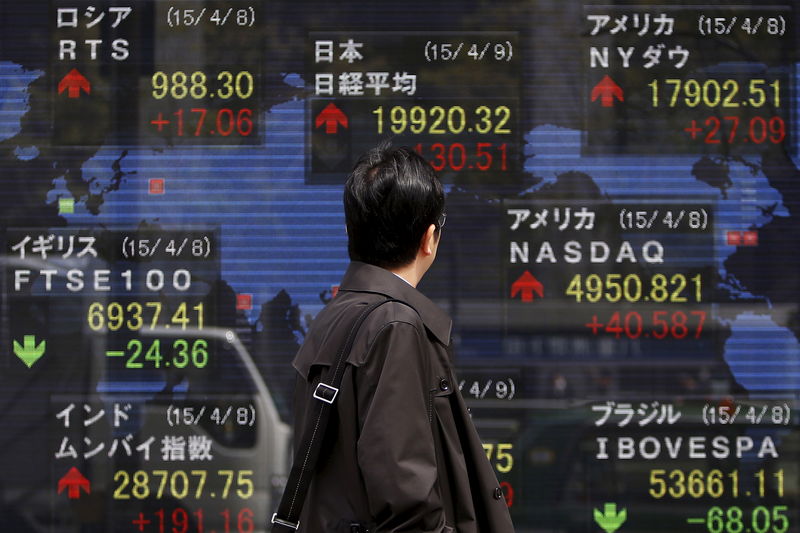Investing.com - Asian equities were mixed in morning trade on Monday, as investors digested fresh threats from U.S. President Donald Trump last Friday that he might slap further tariffs on virtually all Chinese imports.
Trump told journalists that Washington might impose tariffs on an additional $267 billion in Chinese goods, on top of the $200 billion imports already in consideration.
“I hate to do this, but behind that there is another $267 million ready to go on short notice if I want,” Trump said.
China released new data on Saturday that showed its trade surplus with the U.S. climbed to a record high of $31.1 billion in August. Bank of China’s Institute of International Finance Analyst Gai Xinzhe said that importers in the U.S. are front-loading orders before the next batch of tariffs are imposed.
If the newly threatened tariffs are imposed they would add up to more than the total value of Chinese imports to the U.S., which amounted to $505 billion in 2017, according to Census Bureau figures.
Rajiv Biswas, Asia Pacific chief economist at HIS Markit, said: “With further large-scale U.S. tariff measures imminent, Chinese exporters will be hit hard and China’s GDP growth rate in 2019 is likely to be dented.”
The threats put pressure on Asian equities.
The Shanghai Composite was down 0.75% to 2,683 by 9:47PM ET (01:47 GMT), while the Shenzhen Component and the Hang Seng Index fell 0.16% and 1.18% respectively.
The Dow Jones Industrial Average dropped 0.31% on Friday while the S&P 500 fell 0.22% and the Nasdaq Composite settled lower by 0.25% after Trump’s trade threats last Friday.
Apart from digesting the latest news on the ongoing China-U.S. trade dispute, Asian equities investors are also monitoring interest rate decisions by central banks in Turkey and Russia even as volatility among emerging market currencies hit the highest level since February 2016, according to JPMorgan Chase & Co (NYSE:JPM)..
Elsewhere, Japan’s Nikkei 225 was down 0.05%, while South Korea’s KOSPI was also down 0.05%.
Down under, Australia’s S&P/ASX 200 was basically flat, up by just 0.01%. The Australian dollar is affected by the burgeoning U.S.-China trade war because of the country’s close ties with China and dependence on offshore funding.
